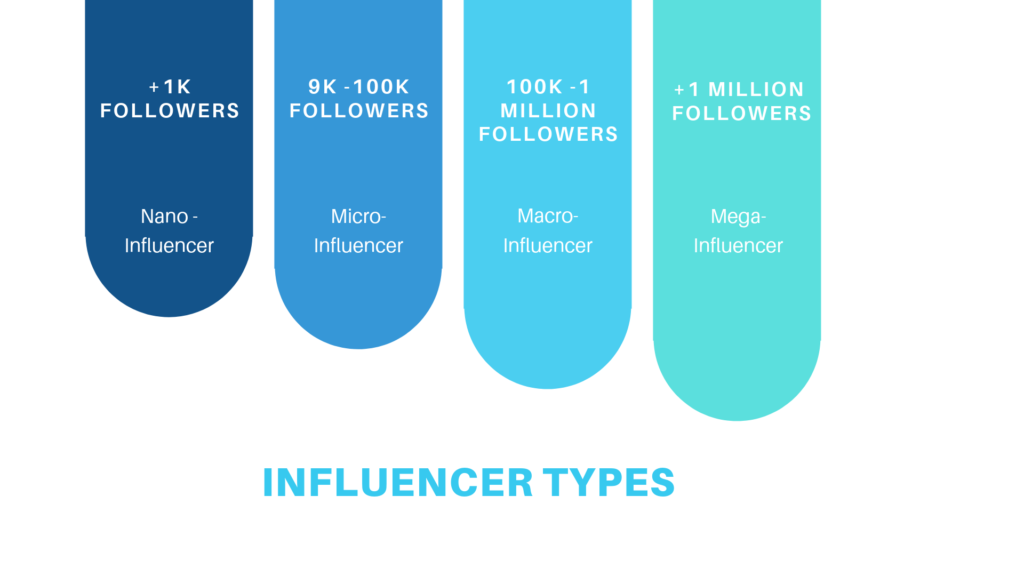For several years now, influencers have been a source of great fascination and their presence on social networks has become indispensable. Daniel Wellington, a watch company that owes its explosive popularity to Instagram, is still making a buzz. But what is the key to success in transforming a logo into a “Love Brand” through influential marketing?
In our digital age, the role of influencers is well established in the marketing strategy of many companies. Presenting products on social networks, such as Instagram and YouTube, can strengthen the relationship between the brand and customers in an authentic and individualized way. Given the diversity of brands today, influencers take on the role of opinion leaders, who provide personal feedback on certain products or services to make the decision buying process easier.
Goals of influencer marketing:
- Increase brand awareness
- Provide creative content to feed the brand’s social networks
- Strengthen image and e-reputation
- Differentiate from competitor brands
- Position a brand as a market leader (“Love Brand”)
- Increase sales
According to a current study conducted by reech.com, 76.9% of Internet users have a positive view on product placement via influencers – a good reason to take advantage of such marketing promotions. In terms of engagement, Instagram is considered the most profitable platform. The most popular themes on Instagram: Lifestyle, Fashion and Beauty. When it comes to partnerships, product placement and promotional code sharing are the main drivers that brands are looking to capitalize on. Hence the growth of Instagram, which is particularly well adapted to these two tactics.
The problem
Despite their huge success, influencers are subject to recurring controversies and issues such as a lack of transparency. The ability to purchase “fake” subscribers on Instagram damages the reputation and credibility of influencer marketing. However, despite the occasional mistrust that accompanies this approach, there is still hope. In order to keep the value of this marketing strategy alive, better guidelines must be developed and relationships better managed. Brands must devote more effort to identifying an influencer that complements their brand image, rather than the one with the most followers.
“The cornerstone of influencer marketing success is relevance: the relevance of the influencer around your subject, brand or issue, and your own relevance to the influencer.”
Pierre-Loic Assayag, co-founder and CEO of Traackr.
Micro-influence: fewer subscribers for more results
Micro-influencers are individuals who promote niche topics and are considered experts in their chosen area of interest. For the most part, their expertise on their subject lends a certain credibility to the content they post. As a result, they are a reliable source for a product or service recommendations – but also more accessible in terms of budget. They are influencers who take the time to engage with their community and subscribers, and who have the gift of creating strong and unique relationships.
Influencer marketing has become a key element of any communication strategy. Although partnerships with macro-influencers have decreased in some cases, micro-influencers are progressively pushing them out. To successfully launch an influence campaign, it is essential to target the most relevant ambassadors for each brand. Thus, micro or even nano-influence marketing can turn out to be a small investment with big results!


